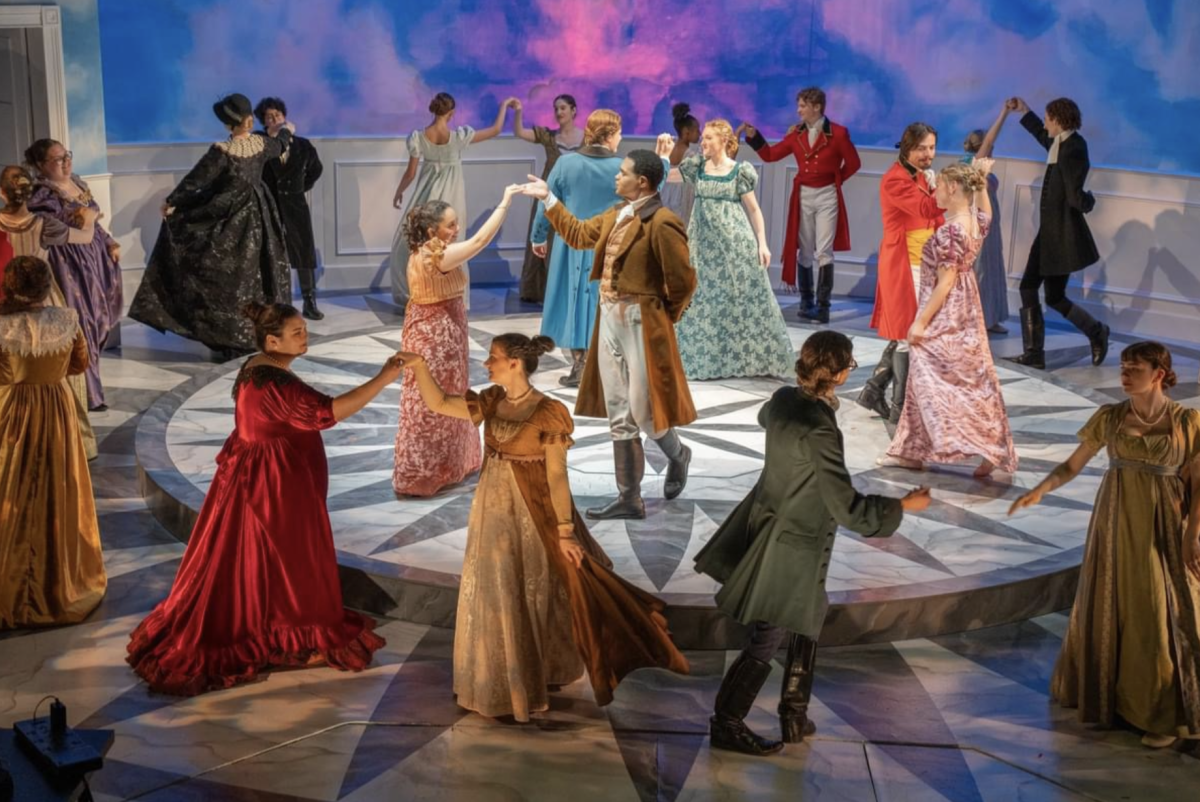Whether
it’s walking from class to class or during the bored stupor that comes with
running through yet another syllabus, one thing is certain: We all need to take
the time to sing a silent “Happy Birthday” to film which celebrated its 111th
birthday on Sunday.
Why
you may ask? For starters, just think of everything those rolls of transparent
celluloid have done for you. Whether it is “The Shining” helping you cozy up to
your date, “The Notebook” hanging by your side as you get over that cheating
boyfriend of yours or “Rocky” inspiring the underdog in all of us, film has
always been there for us.
But,
of course, it was not always that way. More than 110 years ago, the Wizard of
Menlo Park, Thomas Edison, would have had to turn to the bottle to get over a
lost lover, but that all changed when he received the patent for his newest
invention, the kinetograph, on Aug. 31, 1897.
Revolutionary
in the true sense of the word, the kinetograph was a motion picture camera with
stop-and-go movement that recorded films for Edison’s kinetoscope, an early
viewing device that introduced the approach that would become standard for all
cinematic projection until the arrival of video. So innovative was the
kinetograph, in fact, that the 35 millimeter film Edison used for this
invention has remained relatively unchanged and is still the most commonly used
film stock in today’s motion pictures.
For
more than a century, motion pictures have gradually progressed from “The
Roundhay Garden Scene,” a carnival novelty recognized as the first film, to an
integral part of the world of communication, entertainment and mass media in
the 20th century. Without movies, there would be no Hollywood, no Academy
Awards and none of the other numerous American traditions that have come as a
result of film.
It
is fair to say that film has always been a rather accurate depiction of the
arts, technology and politics of the time. Silent films characterized the
simpler eras of the 1910s and 1920s, while the switch to color portrayed the
country’s shift to a more progressive philosophy. During the Cold War,
America’s increasing paranoia toward outsiders was manifested in films such as
“War of the Worlds,” “Invasion of the Body Snatchers” and “The Manchurian
Candidate,” which dealt with themes such as invading alien armies and
communists. Graphic movies like “The Godfather” and “Taxi Driver” arrived
concurrently with the Vietnam War, and these films also helped develop horror
as a lucrative genre with “The Exorcist,” “Halloween” and “The Texas Chain Saw
Massacre” all coming out around this time.
Today,
America’s power hungry attitude has led to the desire for more and more income
and, consequently, the sustained success of the modern blockbuster and
continuous distribution of sequels. At the same time, never-ending advancements
in technology have given indie flicks and box office failures a second chance
thanks to massive plasma screens and Blu-ray players that create a previously
unavailable home entertainment experience that is similar to the one you
receive in theaters.
Unfortunately,
this accessibility at home has also led to a dramatic change in how audiences
accept the film industry. Before the dawn of television, not only was it far
more common for Americans to attend regular movie screenings, but they would
often spend an entire day at a theater on the weekends. With all the options on
the tube nowadays and a constant on-the-go persona, the public’s interest in
going out and supporting the film industry is dwindling. In response, the “Big
Six” major film studios are struggling to produce more movies at a quicker pace,
but this often boosts the amount of uncreative garbage opening up in theaters.
Even
though hope appears to be waning, there is sure to be no end in the future for
film because, when it comes to getting away from home and escaping reality for
a couple hours, there is still no better medium to turn to than film. So, happy
(belated) birthday film, and here’s hoping for another 111 years of
success.







